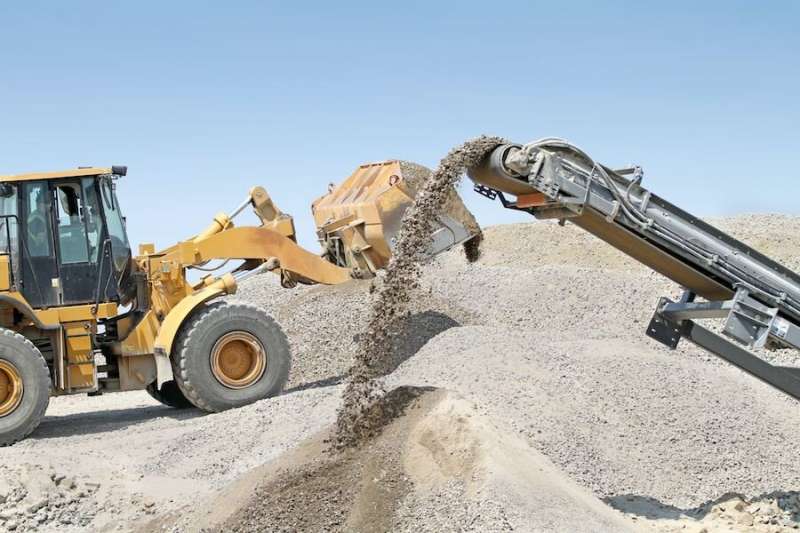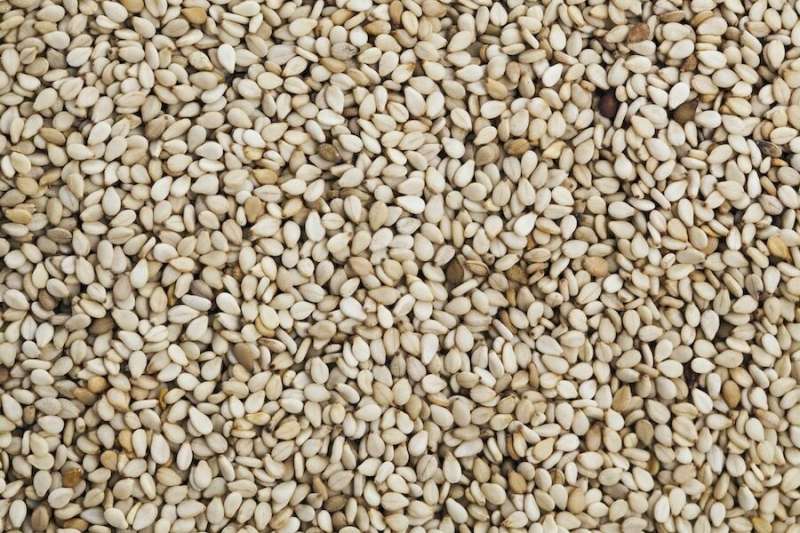Movers and shakers: New evidence for a unifying theory of granular materials

Understanding the dynamics of granular materials—such as sand flowing through an hourglass or salt pouring through a shaker—is a major unsolved problem in physics. A new paper describes a pattern for how record-sized "shaking" events affect the dynamics of a granular material as it moves from an excited to a relaxed state, adding to the evidence that a unifying theory underlies this behavior.
The Proceedings of the National Academy of Sciences (PNAS) published the work by Stefan Boettcher, an Emory theoretical physicist, and Paula Gago, an expert in modeling the statistical mechanics of granular matter in the Department of Earth Science and Engineering at the Imperial College of London.
"Our work marks another small step forward to describing the behavior of granular materials in a uniform way," says Boettcher, professor and chair of Emory's Department of Physics.
"A complete understanding of granular materials could have a huge impact on a range of industries," he adds. "To name just a few examples, it's relevant to the compaction of granules into pellets to make pills, the processing of grains in agriculture and to predict behaviors of all kinds of geophysical matter involved in civil engineering."
Granular materials are disordered systems often found in a far-from-equilibrium state. Examples include everything from sand, rice and coffee grounds to ball bearings.
"They are kind of the 'odd balls' of matter because they behave differently from solids, liquids and gases," Boettcher says.
While the phases of water, for example, can easily be described as either a liquid, solid or gas, depending on specific temperatures, the thermodynamics of non-equilibrium systems are not well-defined. A major complication is the fact that individual particles in most granular materials have different, distinct properties and exert frictional forces on each other. And changes in temperature do not produce significant motion in them. Gravity further complicates the behavior of granular materials, since it affects the density of different layers in a system of particles.

In 1997, researchers developed a way to shake granular materials in a controllable way for a series of experiments on what is known as the "Chicago pile." They filled a glass beaker with micron-sized glass beads and "tapped" the material upward with a specific amplitude. They were then able to measure the resulting density of the material in the beaker as a function of the strength of the taps, or the energy pulsing through the system.
Boettcher and his collaborator wanted to gain a molecular-level understanding of the compaction dynamics of a granular pile through analysis of computer simulations. They were particularly interested in comparing a granular pile's density in both an excited and a relaxed state to look for patterns.
Inspired by the Chicago pile experiments, the researchers ran computer simulations based on 60,000 spheres, from 1 to 1.02 micrometers in diameter, contained in a vertical cylinder 2.4 centimeters in diameter. The cylinder is tapped through pulses of energy tuned to precise amplitudes. The technology allows the researchers to measure the density of the pile locally and globally by tracking the shifting number of neighboring particles each individual particle touches.
The simulations showed that when a series of taps are exactly the same strength, the density of the pile increases ever more slowly, or logarithmically. As the taps continue over time, ever larger, record-sized shifts in the arrangement of the grains are required to increase the density of the pile. These record-sized fluctuations are increasingly difficult to achieve, explaining the slow gains in density.
"You can think of it like a beaker filled with loose sand," Boettcher explains. "At first there are big holes between the grains. So initially, it's easy for a grain to shift position by falling into an empty space. But as these spaces start to get smaller, it becomes less likely that a grain can fall through one. As the taps continue, it takes increasingly cooperative events to create the space necessary for more compaction."
Previous research has shown a similar statistical pattern for the behavior of amorphous solids that don't form ordered crystals when moving from a liquid to a solid state, such as glass and many polymers.
"That suggests that this pattern may be a piece of the puzzle to finding a systematic way to describe materials that are out of equilibrium," Boettcher says.
The researchers are now diving deeper into the question of whether the kinetic energy of the taps may be equivalent to the way temperature is used to describe materials in classical physics.
More information: Paula A. Gago et al. Universal features of annealing and aging in compaction of granular piles, Proceedings of the National Academy of Sciences (2020). DOI: 10.1073/pnas.2012757117
Journal information: Proceedings of the National Academy of Sciences
Provided by Emory University



















